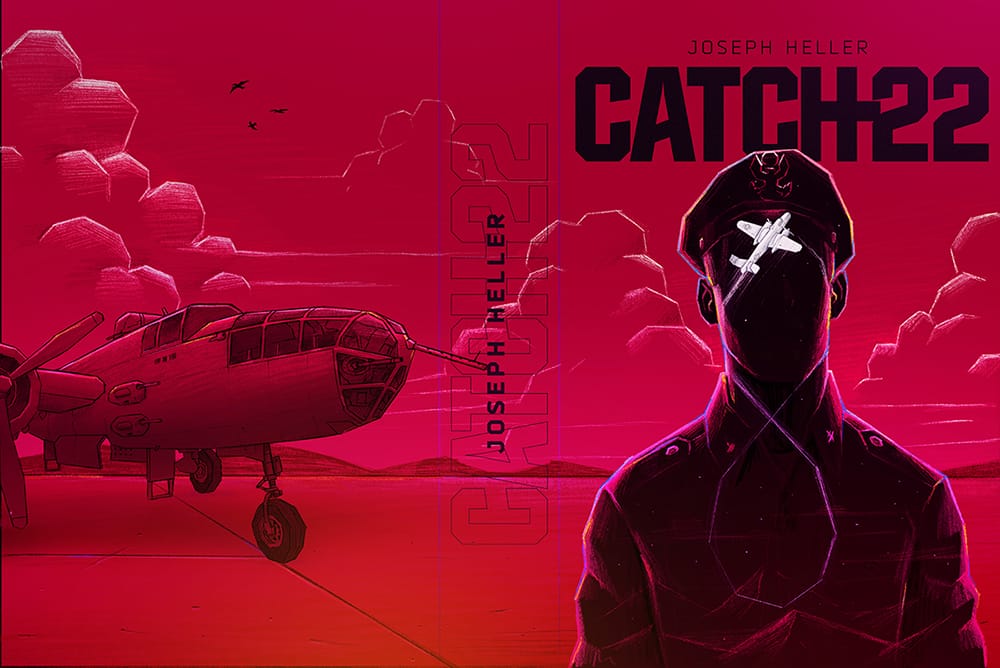Testing a Business Idea in Eight Weeks

In March 2024 I was laid off from a startup. Over the eight weeks that followed, I would start and shutter a business to test an idea, making zero dollars and learning a ton in the process.
Right after I was laid off, I took a few days to let it sink in and decide what I wanted to do next. I had originally started the role in 2020 as a marketing strategist to learn everything I could about how to build a business by working in a startup. It’s something I have been thinking about doing for a long time, but never took the leap.
So, with my indefinite time off, I decided to allow myself at least a month to explore entrepreneurship.
The process went like this:
- define success and failure
- brainstorm business ideas
- pick an idea
- plan logistics
- create a business entity
- create a storefront
- advertise
- shutter the business
I’ll dive more into each detail below, sharing what I learned along the way. The idea turned out to be a lemon, so take all this with a grain of salt. The interesting thing is the process.
Defining Success and Failure
The first step was to decide what success and failure looked like for me.
I didn’t want to pursue a business that couldn’t replace my income within six months. This is an insane goal, but that was my constraint.
So the success metric became: the business must show a path to being profitable enough to pay my bills by month six.
Brainstorming Business Ideas
Next, I spent a couple weeks jotting down business ideas in a notebook. This was the hardest part.
I wanted my ideas to be feasible. But I didn’t want to limit myself too much. So I needed a way to know what even qualifies as a potential business.
To whittle down my list of 50+ business ideas to just one to act on, I needed a framework.
Picking an Idea
I am not exactly a “practical” ideas guy. I’m excited by things that are theoretically possible. So I knew I would need some help with this.
There are two vocal camps out there when it comes to business ideas: the idea camp and the execution camp.
The idea camp will tell you that a good idea wins every time. The execution doesn’t matter that much if your idea is strong. I tend to agree, but it’s naive to assume I’m one of the few who could churn these out reliably.
The execution camp will tell you that great execution wins every time. The idea doesn’t matter that much if you do it better than everyone else. I see some truth in this, and it’s much more approachable than the “idea is everything” approach.
After getting overwhelmed by all the competing viewpoints here, I invested in some reading material and a course from an entrepreneur who has successfully exited before. (Being careful about who you learn from is crucial, because there are a lot of “get your Lambo today from dropshipping” noisemakers out there.)
The material I studied taught me frameworks for estimating the potential of business ideas.
Some juicy tidbits:
- existing competitors are a signal of demand
- match your idea to your skillset
- boring companies are overlooked
- customer gripes about the competition are signals of opportunity
Using these lessons and the ten ways to evaluate a market by Josh Kaufman, I narrowed down my list to just a few (supposedly) high-potential ideas.
The idea I ultimately proceeded with was a premium book subscription bringing members one special edition of a classic book each month.
Planning Logistics
Logistics win wars, but they also make or break a business.
For the book subscription, I needed to solve:
- procuring books
- procuring and printing on dust jackets
- procuring and printing on boxes
- storing inventory
- assembling subscription boxes
- shipping and returns
- meeting customer expectations on delivery time
I’d learned a lot of theory about all this from working adjacent to the logistics industry before, but actually doing it is completely different.
My lead time from order to delivery would have been about 15 days. This is not good, and would have been the first priority for me to fix. I planned to work around it by telling the customer their first month’s delivery might be later than usual. In subsequent months, I’d already know they were subscribed and they’d be in the monthly bulk order.
I only ever planned all of these things for my business so that I could factor them into the financial model. Until there was proven demand, I wasn’t going to pull the trigger on securing space or materials.
Although the time never came to act on securing warehouse space and placing orders, I learned a ton from the research I did here.
Here are some key lessons that were reinforced:
- assumptions are expensive
- lead times are everything
- parallelize what you can
- consider a shared warehouse space if you are just starting out
I was excited to solve these problems for my business over time, but I did not get the chance this time around.
With a plan for handling logistics, I was ready to formalize the business.
Creating a Business Entity
We’ve all hated administrative crap at some point. I hate it whenever I get the chance. But such things are necessary to start a business.
There are a ton of choices for how to create a business entity, none of which are easy to understand without a lawyer. I won’t dive into specifics because I can’t and I wouldn’t do that to you anyhow.
That’s the problem here: nobody qualified to tell you what business formation process you should go through will do it for cheap.
Luckily I live in Texas, so by default (by my understanding, this is not legal advice) all I needed to do was get a DBA and a sales tax license.
The process of getting set up to do business took about a month, which I spent waiting and working on other things.
Thus, Shelf Society was born.
Creating a Storefront
With a business name and permission to collect sales taxes, it was time to market the product.
Books sold at a premium rely heavily on design. So I hired a designer to create a custom dust jacket for the first book I planned to include in the subscription.

With the above image in hand, I made mockups and created a Shopify storefront.
“Why use Shopify? Aren’t you a software engineer?” you might say. I would reply that Shopify has everything I need, and trying to beat Shopify in a week sounds like a silly endeavor.
You can still see the paused storefront as a monument to these lessons I share with you now, and a reminder that failure is a great teacher.
Advertising the Business
I set up Facebook ads with the goal of spending in waves to iterate rapidly.
I had a landing page with the product available for purchase. I ran an A/B test with different copy in the ads for my first wave.
After the first wave of ads, I realized that Facebook optimized the spend to target whoever was most likely to click the ad. These users were clicking alright, but they weren’t buying. I had a suspicion that this group of users weren’t my target audience, so I went back to the drawing board.
For wave two of the ads, I narrowed the targeting and used the highest performing ad from the previous wave’s A/B test. The click-through rate improved to within the acceptable range and the cost-per-click was acceptable. Still, the users who did click weren’t buying.
I spent about $200 in total, resulting in ~200 visitors to my site and zero purchases.
At this point, I realized that something was fundamentally wrong with the business idea. There was no room to budge on pricing. There was no other version of this model that would fulfill my criteria for success in time.
Shuttering the business
After the ads resulted in zero orders, I made the tough decision to shutter the business.
It is still technically alive, due to the whole business entity administrative circus, but I am not taking orders or devoting any time to it.
There is still a waitlist on the site, just as a way of staying open to serendipity.
What’s Next
I’m looking for a full-time role to continue learning while working. I have realized the value of consistent income, existing systems, and a steady stream of work.
One day I will try again, when I have a stronger idea and a longer runway. I would rather build from a place of security and passion.
Entrepreneurship, I’ll be back.